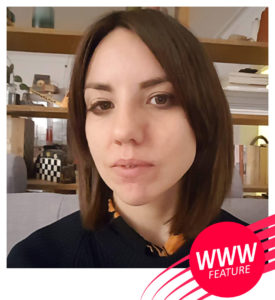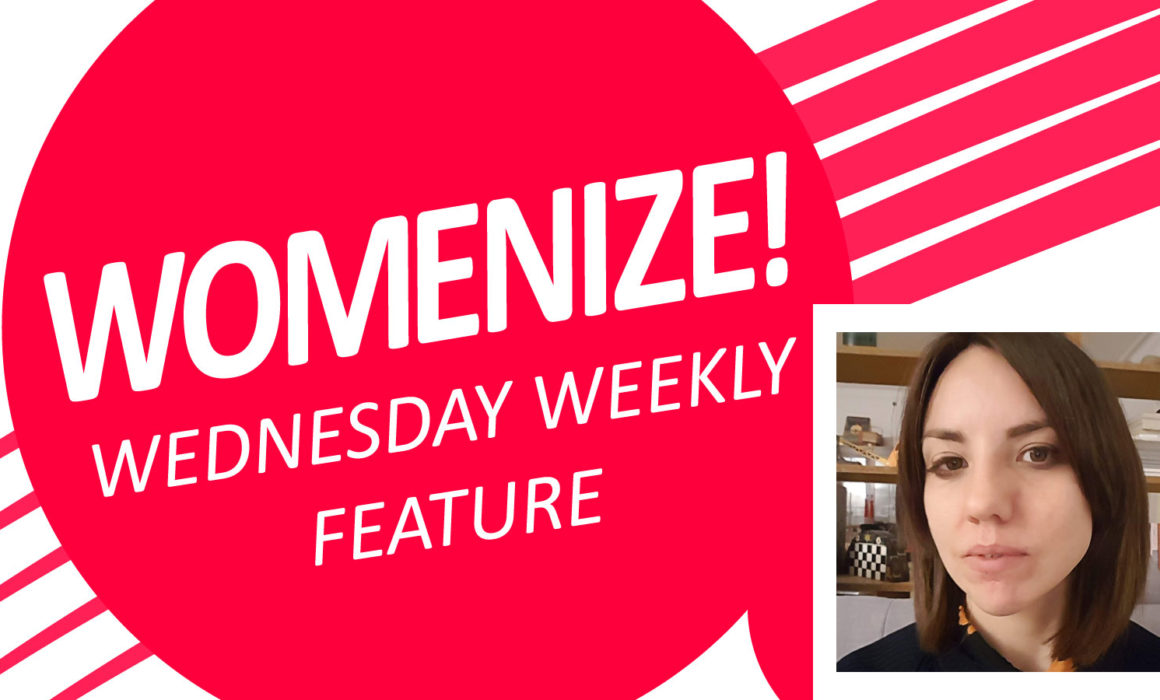WWW FEATURE: STINA FLODSTRÖM
Womenize! Wednesday Weekly is our weekly series featuring inspirational women from games and tech. For this edition we feature the Freelance 3D Environment Artist Stina Flodström. Read more about Stina in this interview:

Hi Stina! You’ve worked at companies like YAGER and Sandbox Interactive before becoming a Freelance 3D Environment Artist. What led you to that decision?
I got the opportunity to work on the Mars 2030 VR project as a freelancer, a project that would go on for a year. It was such an exciting project and a chance that I didn’t want to miss out on so I took the step and became self employed. It was scary in the beginning but it is something that I haven’t regretted, it’s exciting to have the freedom to work on different projects, even though I do miss working in a team from time to time.
As a 3D Environment Artist you have to master a lot of different skills and tools. What should be the first steps for someone who is interested in pursuing a similar career as yours?
I would start by learning the basics in a 3d modelling software, it doesn’t matter so much which one as the basic concepts are the same. Blender is free so that is a good option. Then I would look for tutorials about making game art in that software, make a simple asset with textures and learn how to bring it into a game engine like Unreal or Unity. Join an online community like the Polycount Forum and post your stuff there. It’s a great place for improving and getting critique on your 3d work. Continue to model what interests you and build up a portfolio. Making a small scene based on a modular kit is always a good exercise. It’s all about learning by doing, environment art is a craft and the way to master the tools is by using them over and over again.
Going to a school is not a bad idea to jump start the career. There are quite a few around these days. I would try to find a school that is as practical as possible, writing a thesis is not something that will be useful when you apply for an Environment art job, it’s all about your portfolio. Also choose a school that offers an internship. An internship is a golden opportunity to learn and will hopefully lead to your first junior position. Other than that, engage in the community, post things online, look at what others do, ask questions, search the internet for answers and join game jams, it’s a great way to learn and meet other people starting out.
You were the Lead Environment Artist for Mars 2030, a VR project in cooperation with NASA. The market is growing yet virtual reality games are still seen as a niche. What do you think the future of VR will hold, for developers as well as players?
The devices are getting cheaper and more portable very fast but I still think it will take a long time until VR is not a niche anymore. What I love about VR games is the total immersion, I’m always amazed on how it can fool my brain to believe in the world I’m seeing. But I also think that is at the same time what makes it hard for VR, it’s not always so convenient to be shut out from the world around you. I have also worked with AR and I think that the two moving towards each other could have a stronger appeal to a broader audience.
VR is already making a big impact in the scientific fields like medicine, construction, simulation, design and even psychology. It is being tested and used as a tool that is changing workflows, ways of training and learning.
The devices will like all other tech get faster and more powerful, allowing for more detailed graphics and bigger worlds. Doing graphics for VR is actually not that different from other games. The big difference for me is in gameplay, storytelling and interaction. It’s a totally new way of interacting with the game world and I think VR is just taking its first steps figuring out what it can be.
We appreciate your insights Stina, thank you for your time!
Stina’s Links:
Twitter: https://twitter.com/stinastinzen
Stina’s Website: https://www.stinaflodstrom.com/

